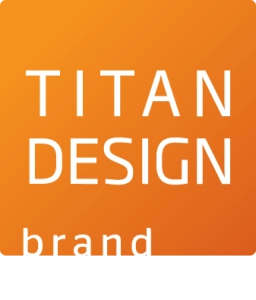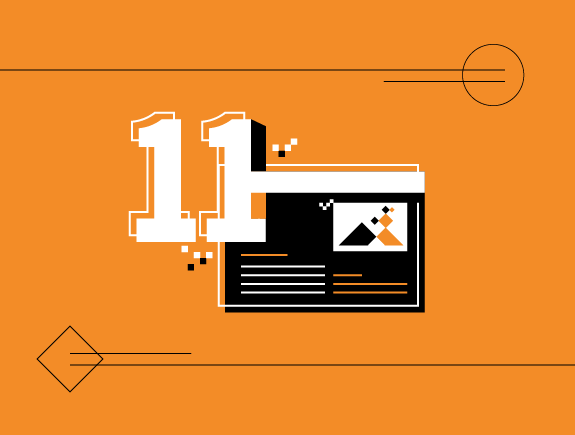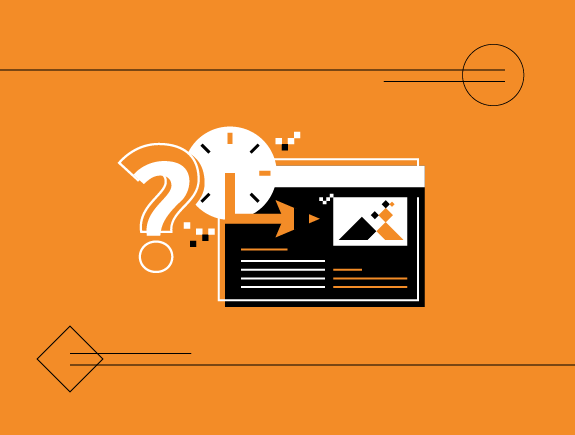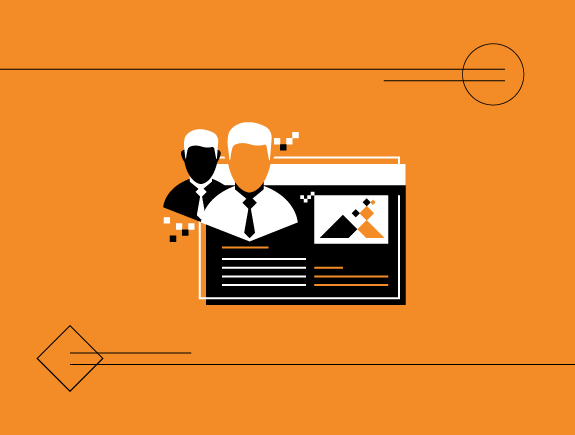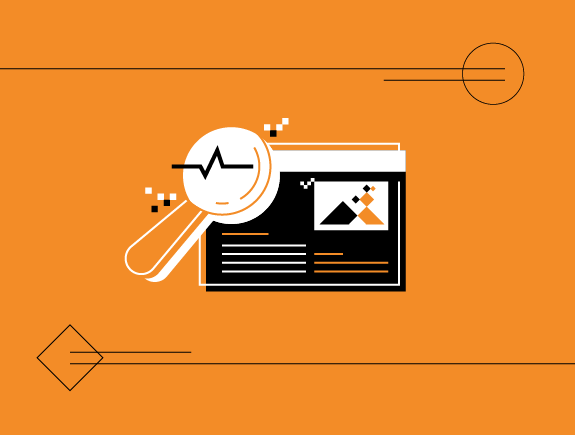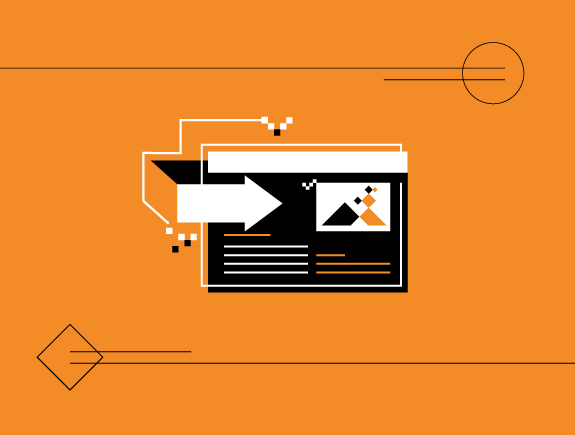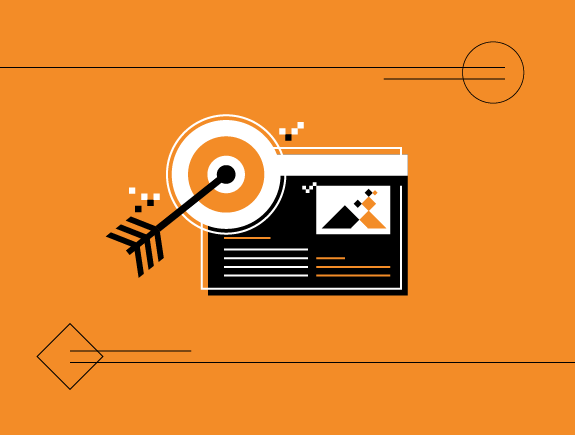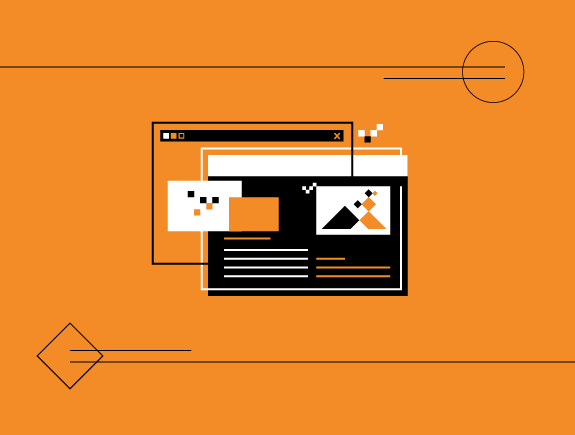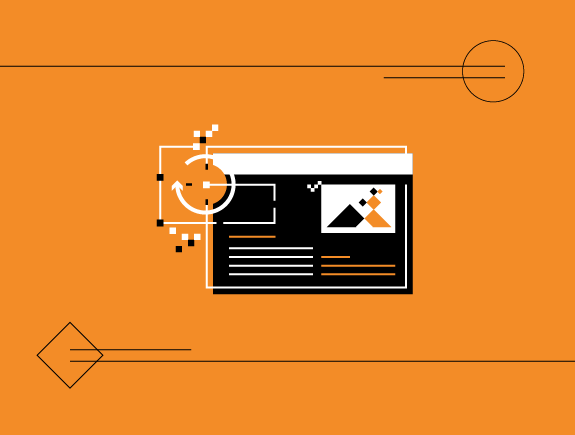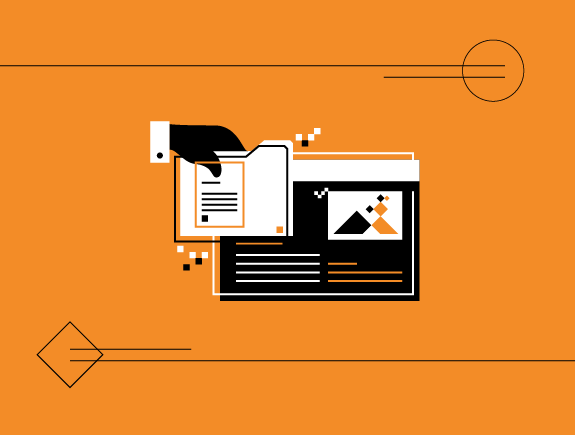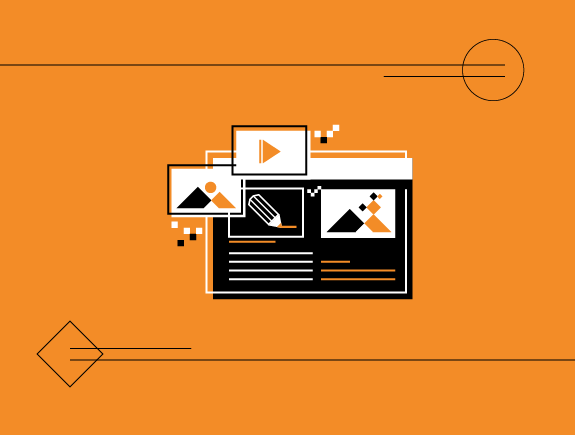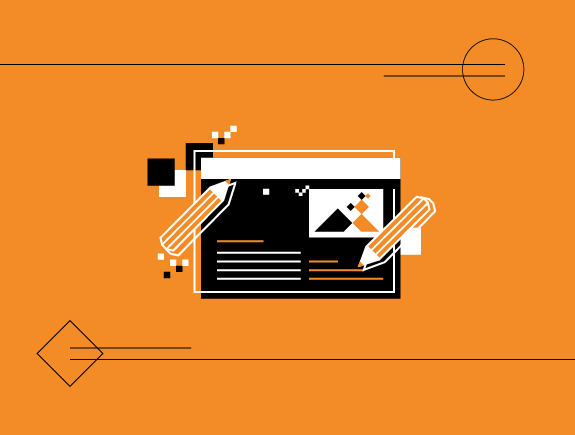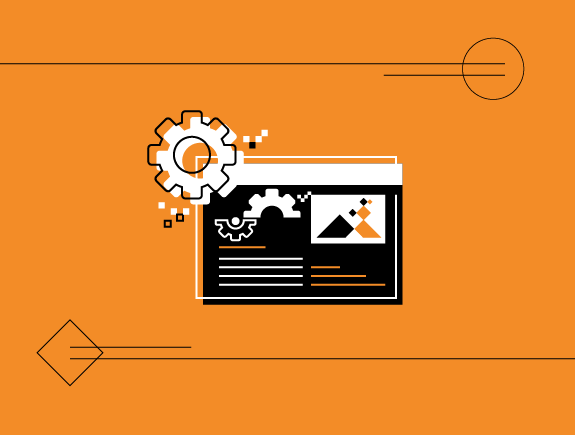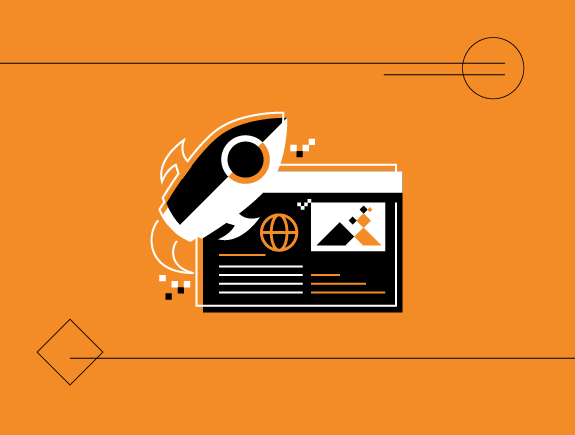Website redesign is always followed by a lot of work, so even the well-experienced marketers feel the fuss about it since they know how much work it takes. Probably because they have a lot of years of experience, and they cooperated with designers on redesign projects many times, they know how complex these projects can be. to make this process less complicated both for a client and a designer, an explicit project timeline is needed. This blog post is dedicated to 11 steps to follow to build a functional website.
How do you know it’s the right time for a website redesign?
There are many good, but also many wrong reasons why anyone would want to do a company’s website redesign. If you want to do a redesign because you don’t like the current one or because your competition did the redesign recently, those are not strong enough reasons. If based on analytics your website has low traffic, this could be a good reason to ask yourself about the reason for such low traffic. You could ask yourself the following questions:
- Is the website optimized for all devices? You can read about the importance of a responsive web design here.
- Have you changed the company’s goals since you first launch the website?
- Do you think your brand and brand identity are well presented on the website? You can read our blog post about incorporating the brand essence to your website here.
- Is your website functional?
- Do your leads manage to finish the conversion process successfully?
Based on the answers to these questions, you will know if it’s the right time for a redesign. At the same time, these answers will help you establish the basis for a successful redesign project. Assuming the next step is redesign planning, here are the 11 steps to make this process easier, and clearer.
1.The team of enthusiasts for the new website
Yes, your colleagues should be involved in this important project. The team shouldn’t have many members, the ideal number would be 5-7. Then you need colleagues from the client service department, management team, someone with a years-long experience, and finally the designer and developer, to provide opinion about the whole project. One of the team members should be the executive and give the final word. It’s exactly the person we communicate with when it comes to making final decisions. Now that you have a complete team, it’s time to start the process.
2.An overview of the current state of the website
The preparation process for redesign is equally important as the redesign process itself. One of the most important steps is a thorough analyses of the current website, and creating a list of things to be changed and improved. One of the things to check is website speed, pages that bring conversion, but need the updates. Next, you check the SEO, keywords. Finally, the complete website content should be checked. In case your landing pages don’t provide answers to questions like: ‘How can the xy company solve my problem?’ and if ‘us’ is more often used than ‘you’, it’s time for radical changes. The customer must be at first place, so ‘you’ should appear 5 times more than ‘us’.
3.Understanding the way the site visitors navigate your website
This is one of the crucial points in redesign planning, so the customers can have the best site and purchase experience. The phases of that road, which information, i.e., answers the customer has been searching on the website, as well as the emotions that follow each of the phases are very important so the advanced content can bring better results to your business.
One of the most significant questions, we have to ask ourselves in the process of redesign planning is: Are there any gaps on the road the customer takes during the purchasing process? Are there any mistakes we should improve? You can find this out via direct communication with the site users because that’s the only way to get a clear picture of their path from the moment they navigate the site till the final purchase process.
4.Setting the goals
As we mentioned above, it is necessary to know the real reasons you need a website redesign. Now is the time to consider the reasons and set specific goals. First of all, the goals should be realistic, because that’s the only way to justify the investment planned for improving your website.
While reviewing your website and its current state, you should find the weak points. That should give you an idea about the things to change and improve. In other words, if you have noticed your website is loading quite slow, then one of the goals should be to improve the website speed. Next, if the conversions are low, increasing them by a few percent could bring amazing results, etc.
5.Defining the strategy
After fully understanding the way your site currently works, and its performances, setting realistic goals, it’s time to think about the strategy. The strategy should enable the realization of the goals, and make your website successful. The strategy should consist of the following:
- New sitemap – while receiving the current state of the website, you’ve found out some pages have a great visit, but the other ones have almost none. The new sitemap is a chance to organize the pages in a more efficient way, delete some of them, or add some pages, if necessary,
- Ideal user flow – This is the ideal imaginary path the customer should follow when navigating the website, in order to get to the desired product, and finally make a purchase. This strategy can help you to understand the way customers interact with your site, and its content,
- Keyword search – optimization of the new website is important if one of the goals you set is to optimize the ranking of your website on Google. When you learn about the way the customers search the terms related to your industry, then you will insert those terms and phrases into your website content.
6.Defining the timeline
Goals and timeline should be realistically set. The key word is – realistic. The team working on a redesign should have enough time for each phase. You don’t want to hurry anyone, because in that case, you risk to get bad results. It is difficult to define the redesign process timeline, because it depends on many factors. In short, the process could last 2-5 months. You should take into consideration the complexity of the future website, number of pages, etc.
If you have to launch the website before an important event, then you should start with preparation phases as soon as possible, so you don’t have to rush and do things at the last moment. Set the final date, when everything must be finished, and split the process into phases. Create small deadlines in the meantime, so you can follow the progress from time to time.
7. Gathering inspiration and competition analyses
Now that everything is set – goals and timeline, it is time to think about the visual part and the way you want your site to look like. Review 2-3 leading websites within your niche, but also the ones outside your niche, because you might find the elements on other sites you would want to have on your own website. When you gather all the elements you like, then you can discuss them with your team. They will give you the directions and opinion about the things they like the most, so you can altogether contribute to the future look of the website. Try using the mood board method, where each team member will put the chosen inspiring elements, and share them with everyone else.
8. Creating the content
The biggest mistake most companies make is to first look at the design and then think about the content. A written content dictates everything else – website appearance, the way the elements are set, etc. The content must be in the first place, because it’s the content, not a design that shares the message. Design is used to emphasize the message. As we have already mentioned, the sitemap will provide a clear idea of the place for each element, so you will know which pages to leave, and which one to change. Besides, the education of website visitors is very important, so use that chance and create a Q&A section, so you can provide answers to the most important questions. Also, you should make room for ebooks, shopping guides, videos, customer references, etc.
9.Finally – the design phase
Our designers will say this is the best part of the whole process, but we are quite sure the other Titan Design team members would not agree with this statement. Certainly not the best one but surely the most interesting part of the process is website redesign. Finally, weeks and weeks of work get their shape and become visible to the rest of the team. One by one, all pages get their final look and the approval of the most important team member. Approvals are the crucial part of the process, because that’s the way you get the confirmation the ideas got their shape and the future website will meet the expectations.
10.Website development
The last redsign phase is development, and it’s the most complicated phase. This phase takes time so the coding of all elements should be done properly and in accordance with the best practices within the niche. Also, you should not forget the SEO and all optimization requirements. It is important all team members follow the progress and the look of the pages, at the temporary site version. The same applies to all other platforms, where the site will be visible, such as tablet, and smart phones.
11.Website launching
The final phase we are all looking forward to, team members and the clients as well. After months and months of constant work, launching day arrives. Still, before launching, it is necessary to do the last checks:
- Checking if all links on the site work properly,
- Checking meta descriptions and pages descriptions,
- Checking all the visuals, photos, etc.
Checking all the pages, descriptions, images one more time is important because you won’t have to ask the programmer to fix things after the website launch. And that’s the end of the whole process. Of course, when it comes to websites, it’s a never-ending process, marketing, gathering data can wait and you can relax for now.
If you need a website redesign, it is time to read our blog posts about the reasons to have a user-friendly website, the real cost of website development, and the regular questions we ask our clients before we start with a website redesign. In case you decide to work with us, the Titan Design team is looking forward to our cooperation and all future projects.
